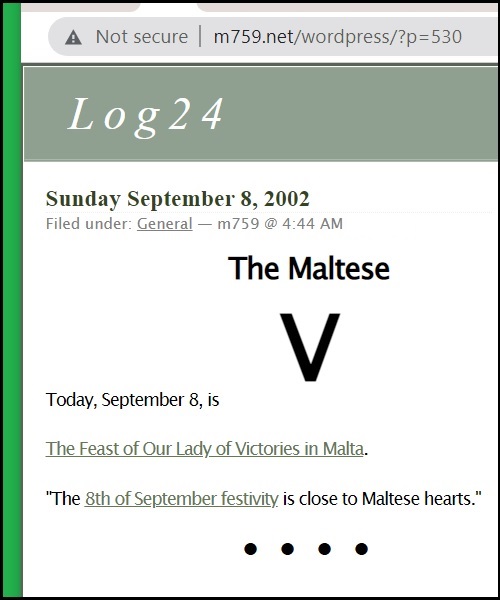Friday, June 6, 2025
Saturday, November 23, 2024
The Square Aspect (vs. Stevens’s “Radial* Aspect”)
"New horizons open up." — New York Times, Nov. 21, 1924.
A search for some such 96-square division yields . . .
https://www.atariuptodate.de/img/kidshapes.png —

"Here's to efficient packing."
* See as well radial vs. square aspects in a post on Mackey's classic
Harmonic Analysis as the Exploitation of Symmetry.
Wednesday, November 20, 2024
Chevron Space
I prefer a different chevron space . . .
Thursday, September 8, 2022 —
Monday, September 26, 2022
Thursday, September 8, 2022
Analogy in Mathematics: Chevron Variations
André Weil in 1940 on analogy in mathematics —
| . "Once it is possible to translate any particular proof from one theory to another, then the analogy has ceased to be productive for this purpose; it would cease to be at all productive if at one point we had a meaningful and natural way of deriving both theories from a single one. In this sense, around 1820, mathematicians (Gauss, Abel, Galois, Jacobi) permitted themselves, with anguish and delight, to be guided by the analogy between the division of the circle (Gauss’s problem) and the division of elliptic functions. Today, we can easily show that both problems have a place in the theory of abelian equations; we have the theory (I am speaking of a purely algebraic theory, so it is not a matter of number theory in this case) of abelian extensions. Gone is the analogy: gone are the two theories, their conflicts and their delicious reciprocal reflections, their furtive caresses, their inexplicable quarrels; alas, all is just one theory, whose majestic beauty can no longer excite us. Nothing is more fecund than these slightly adulterous relationships; nothing gives greater pleasure to the connoisseur, whether he participates in it, or even if he is an historian contemplating it retrospectively, accompanied, nevertheless, by a touch of melancholy. The pleasure comes from the illusion and the far from clear meaning; once the illusion is dissipated, and knowledge obtained, one becomes indifferent at the same time; at least in the Gitâ there is a slew of prayers (slokas) on the subject, each one more final than the previous ones." |
"The pleasure comes from the illusion" . . .
Exercise:
Compare and contrast the following structure with the three
"bricks" of the R. T. Curtis Miracle Octad Generator (MOG).

Note that the 4-row-2-column "brick" at left is quite
different from the other two bricks, which together
show chevron variations within a Galois tesseract —







